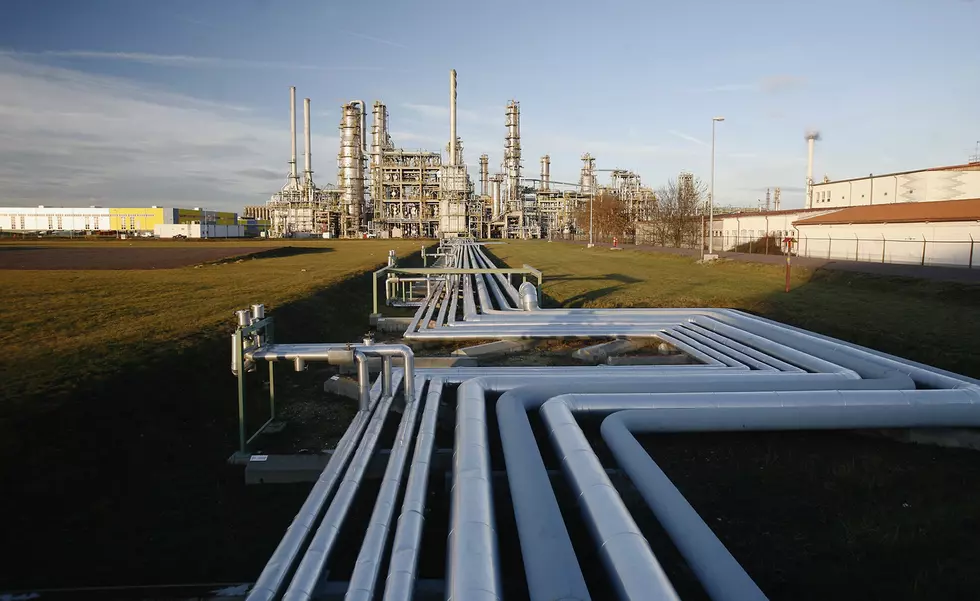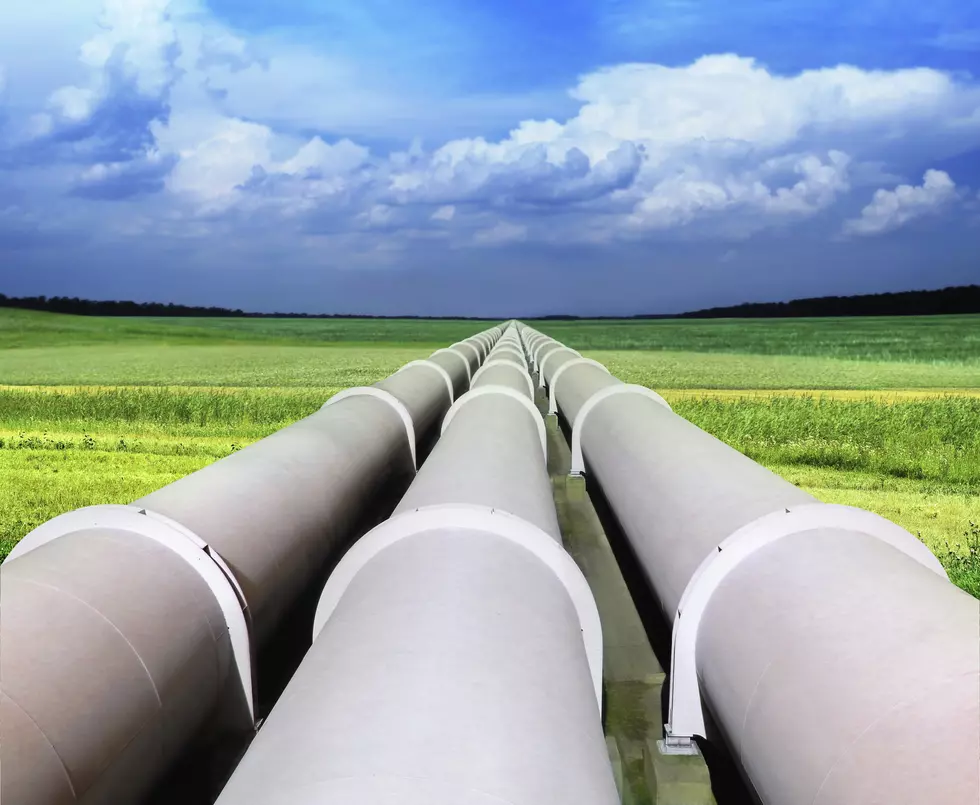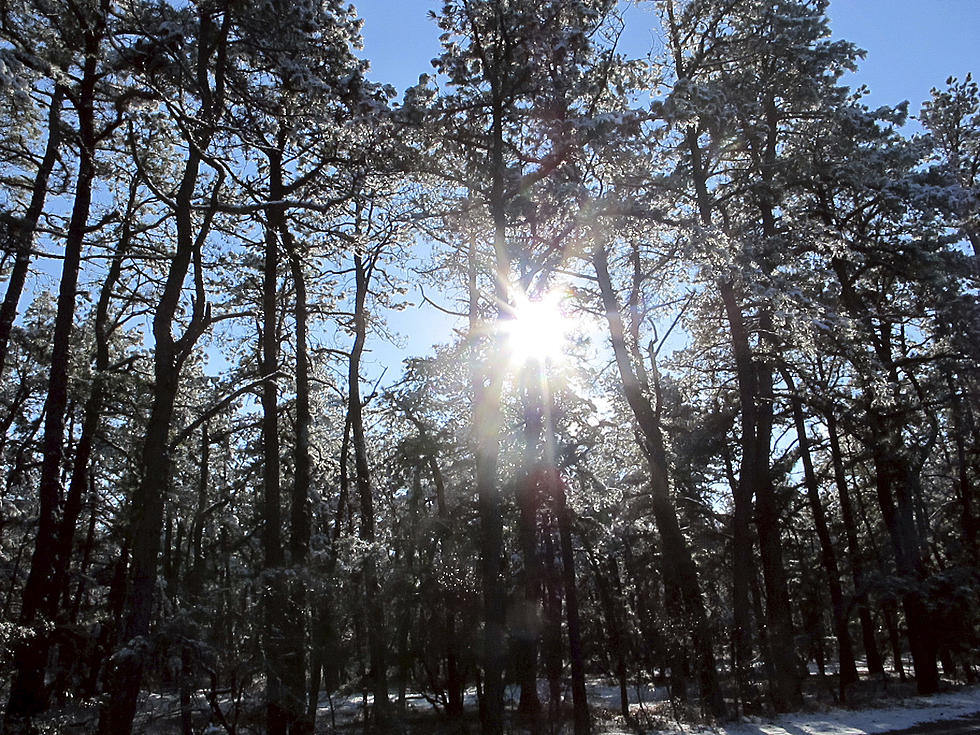
New pipeline safety rule pending after increase in accidents
BILLINGS, Mont. (AP) -- A long-delayed rule to strengthen safety requirements for pipelines that move oil and other hazardous liquids will be unveiled this month following a recent surge in accidents, the U.S. government's pipeline safety administrator said Friday.
More than five years in the making, the rule will determine if extra safety measures required in environmentally sensitive and populated areas should be expanded to new locations.
It was cleared by the White House this week, and will be published in the next seven to 10 days, said Michelle Dominguez, head of the Department of Transportation's Pipeline and Hazardous Materials Safety Administration.
"The proposed regulations will result in critical safety improvements, and we hope they will spark a robust dialogue moving forward about pipeline safety in the United States," Dominguez said during testimony during a U.S. Senate Commerce Committee field hearing on pipeline safety in Billings.
A boom in U.S. energy production in recent years has led to rising numbers of pipeline accidents.
More than 30,000 gallons of oil spilled into the Yellowstone River in January from a Bridger Pipeline LLC line near Glendive, shutting down the eastern Montana city's water supply.
In May, a corroded pipeline owned by Plains All American released at least 101,000 gallons of crude near Santa Barbara, California.
Both accidents remain under investigation, according to federal officials.
In 2014, there were 445 pipeline accidents spilling a combined 1.9 million gallons of hazardous liquids, which include crude oil. That's roughly 30 percent more accidents than the annual rate prior to 2008, when domestic oil production started to ramp up due largely to expanded production of shale oil in the Northern Plains and Texas.
Dominguez declined to reveal particulars on the new safety rule until it's released. Much of it is expected to deal with so-called high-consequence areas such as rivers or densely populated areas, where the impacts of a spill or similar accident can be much greater.
About 42 percent of oil pipelines fall into those areas, said John Stoody, vice president of the Association of Oil Pipelines.
Phillips 66 Pipeline LLC President Todd Denton, said at least one anticipated requirement under the rule -- more inspections of lines using mechanical devices that travel through pipelines to identify flaws or corrosion -- is something his company already is doing.
"It makes sense. We want to know what the true integrity of that line is," Denton told The Associated Press.
(Copyright 2015 The Associated Press. All rights reserved. This material may not be published, broadcast, rewritten or redistributed.)
More From New Jersey 101.5 FM









